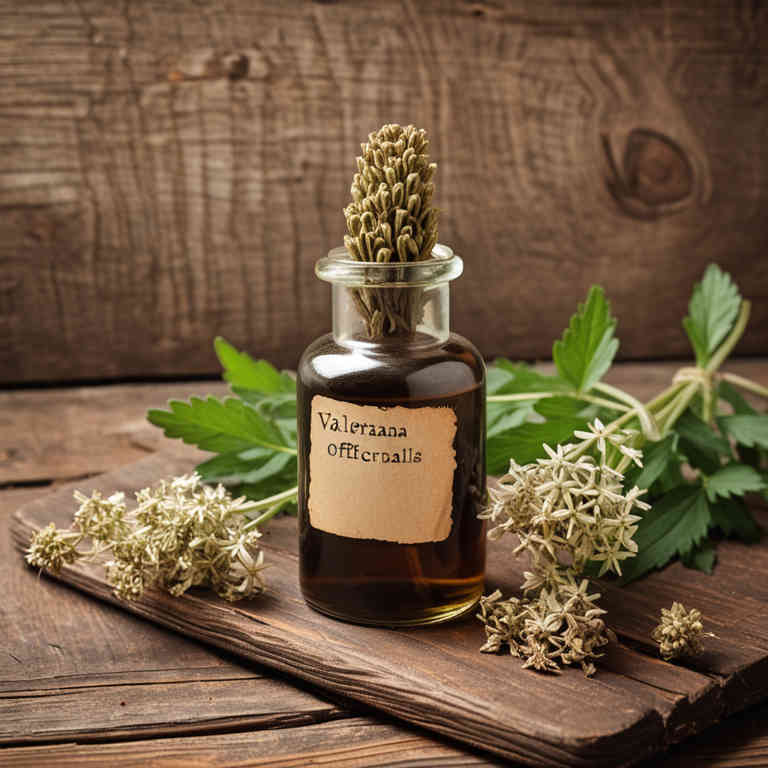Valeriana officinalis tincture for medicinal use

Valeriana officinalis tincture is a liquid preparation made by soaking the roots of the valerian plant in alcohol to extract its active compounds.
It is commonly used in herbalism for its calming properties and to help with anxiety, insomnia, and nervous tension. The tincture is typically taken orally in small doses, often before bedtime to promote relaxation and sleep. It is valued for its ability to support the nervous system and reduce restlessness.
This preparation has been traditionally used for centuries in various cultures for its soothing effects.
Uses
Valeriana officinalis tincture has been used to promote relaxation and improve sleep quality for centuries.
Historically, it was valued in ancient Greek and Roman medicine for its calming properties, often used to treat anxiety and insomnia. In traditional herbal practices, it was also employed to alleviate nervous tension and digestive issues. Modern research supports its use as a natural remedy for stress-related disorders and sleep disturbances.
Today, it is commonly found in herbal medicine cabinets and is often recommended as a complementary therapy for mild anxiety and sleep disorders.
Benefits
Valeriana officinalis tincture has health benefits such as promoting relaxation, reducing anxiety, and improving sleep quality.
It is commonly used to alleviate symptoms of insomnia and nervous tension due to its calming properties. The tincture contains compounds like valerenic acid, which may interact with the brain's GABA receptors to produce a soothing effect. It is often recommended for individuals experiencing stress-related disorders or mild to moderate anxiety.
However, it should be used under the guidance of a healthcare professional to ensure safe and effective use.
Constituents
Valeriana officinalis tincture active constituents include valerenic acid, valepotriates, and various volatile oils.
These compounds are known to interact with the central nervous system and may contribute to the herb's calming effects. Valerenic acid is believed to modulate GABA activity, promoting relaxation and reducing anxiety. Valepotriates have demonstrated sedative and anticonvulsant properties.
This tincture is commonly used for its potential benefits in managing stress, insomnia, and nervous system-related conditions.
Preparation
To make Valeriana officinalis tincture, start by harvesting the roots of the plant during the autumn season when the active compounds are most concentrated.
Wash the roots thoroughly and chop them into small pieces to increase surface area for extraction. Place the chopped roots in a glass jar and cover them completely with high-proof alcohol, such as vodka or grain alcohol. Let the mixture sit in a dark, cool place for 4 to 6 weeks, shaking the jar gently every few days to ensure even extraction.
After the steeping period, strain the liquid through a fine mesh or cheesecloth to remove the plant material, and store the tincture in a dark glass bottle away from light and heat.
Side Effects
Valeriana officinalis tincture may lead to drowsiness, dizziness, and impaired coordination due to its sedative properties.
It is commonly used for its calming effects, particularly for anxiety and sleep disorders. However, prolonged use can result in dependency and tolerance, making it less effective over time. Some individuals may experience gastrointestinal discomfort or headaches as side effects.
It is important to consult a healthcare professional before use, especially for those with existing medical conditions or taking other medications.